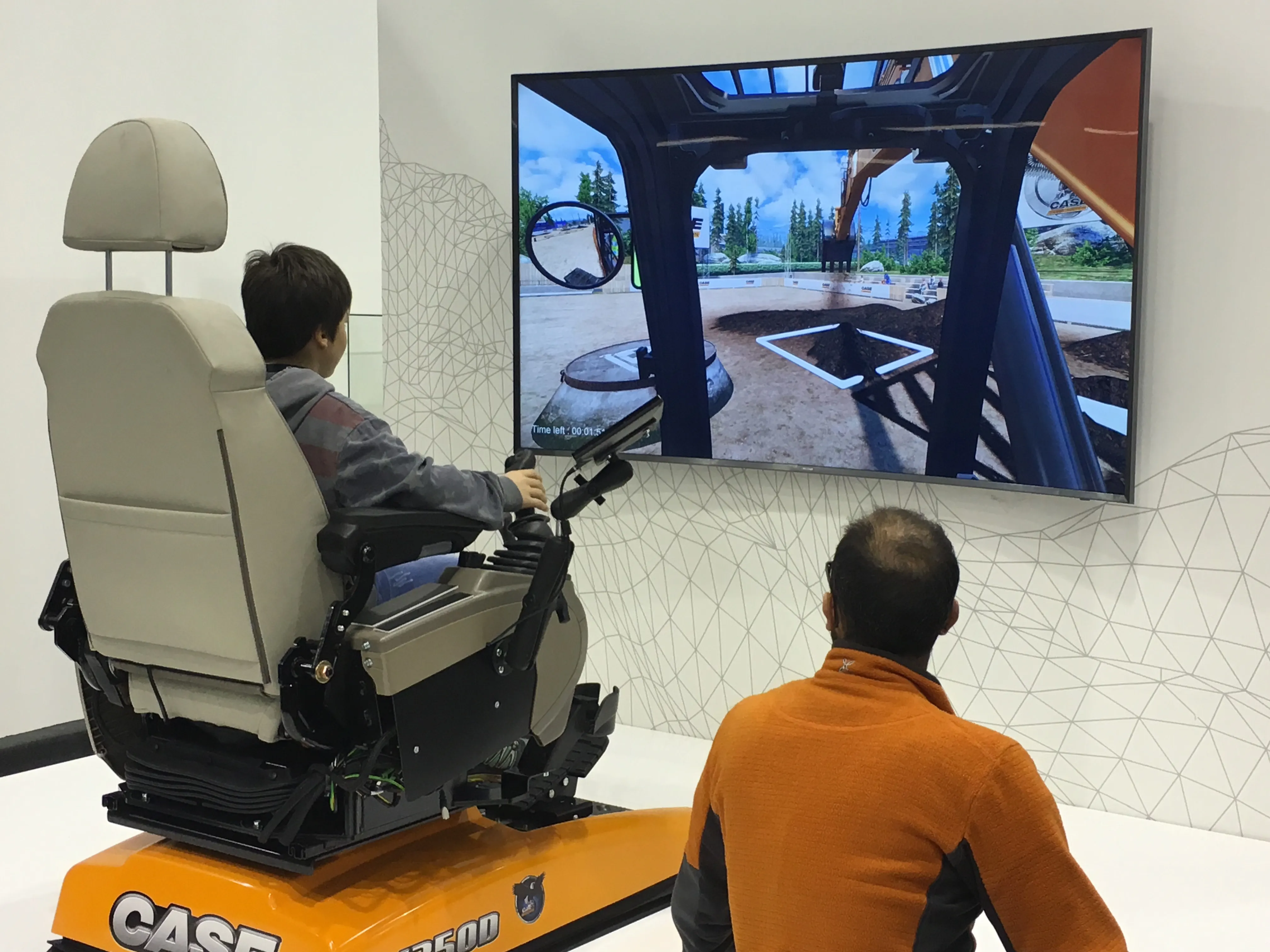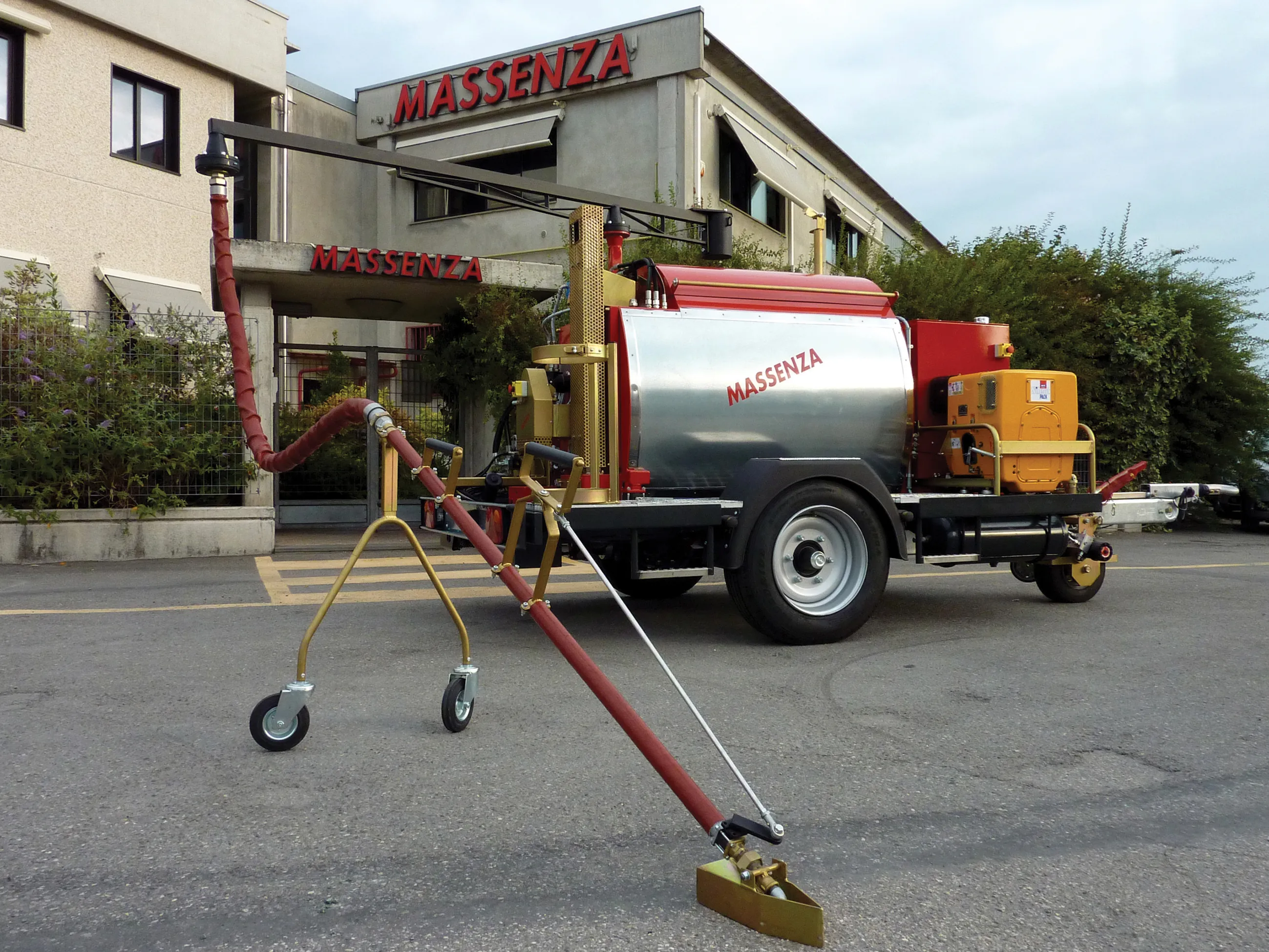
Italian construction machinery exports improved in the first two months of 2022, rising 12.7% compared to the same period in 2021.
The surge in performance indicates possible sales for the full year of around €418.5 million, according to SaMoTer-Veronafiere.
The forecast is based on data published by Unacea and Cer (Centro Europadata Ricerche) in the run-up to the 31st SaMoTer international construction machinery exhibition from May 3-7 next year in Verona. In the meantime, a preview day of the SaMoTer 2023 exhibition will be held in the Salieri Hall of the Veronafiere Congress Centre on June 13.
The first quarter 2022 saw the Italian market grow by 34% - 5,051 machines were delivered in Italy, according to Unacea, the Italian trade association of construction equipment. This consolidated the strong recovery seen in 2021 - up 30% over 2020 and 22,000 site vehicles sold on the domestic market.
"Italian industry in this sector is demonstrating impressive vitality on international markets,” said Luca Nutarelli, secretary general of Unacea. “Sales are also still doing well in Italy, despite the boom in prices for raw materials and growing difficulties in finding components needed to build machines.”
The challenge for the future, he noted, lies in a higher level of machine safety and a reduction of any environmental impact.
“This can be achieved by emphasising a preference in private and public tenders for vehicles with latest-generation internal combustion engines, introducing the obligation to use concrete produced with a mixer for volumes exceeding 1,500m³, the harmonisation of national legislation regarding construction waste to encourage the use of selective demolition and recycling equipment on site."
Analysing the first two months of 2022 in more detail, there was a rise of 166.6% for road building machinery, with sales up from €8.7 million to €23.3 million, as well as machinery for preparing aggregates, up 18.9% to more than €81 million.
Similarly, drilling machines sales were up 28.4%, for an export value of €54.3 million and tower cranes rose almost 24% for exports close to €33 million.
Meanwhile, exports of earthmoving machinery and equipment - the strongest performing sector in financial terms – came to nearly €196 million, posting growth of 1.2%.
Despite strong sales, challenges remain. The recovery of the sector is dependent on leveraging the country’s Recovery and Resilience Plan opportunities backed up by more than more than €107 billion. Digitisation of the sector and sustainability must be core to the development.
All these will be the main focus of the 31st SaMoTer at Veronafiere next year. SaMoTer is one of the partner international trade fairs belonging to CECE - the Brussels-based organisation representing and promoting the European construction equipment and related industries, co-ordinating the views of national construction equipment associations.








